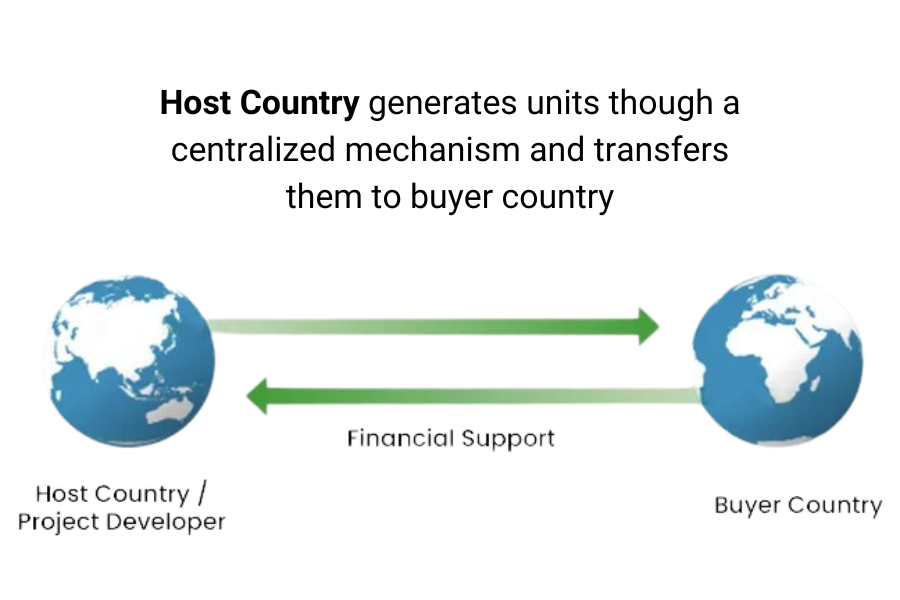Article 6.4 transition

Article 6.4 transition
- Article 6.4 addresses the transition from the Clean Development Mechanism (CDM) of the Kyoto Protocol to the new mechanisms established under the Paris Agreement. This transition involves the seamless transfer of projects and associated emission reductions or removals from the CDM to the new framework.
- From the perspective of countries previously engaged in the CDM, Article 6.4 ensures continuity and coherence in their climate mitigation efforts. It allows them to migrate existing projects and associated emission reductions to the new mechanisms, ensuring that past investments and achievements are not lost in the transition.
Moreover, Article 6.4 sets the stage for enhanced international cooperation and coordination in addressing climate change. By streamlining the transition process and harmonizing approaches across different mechanisms, it facilitates the scaling up of climate action and encourages broader participation from countries around the world. In essence, the enactment of Article 6 of the Paris Agreement represents a landmark development in global climate governance. By providing a framework for collaboration between host countries and buyers, it enables the efficient mobilization of resources and expertise towards achieving emission reduction goals while fostering sustainable development and resilience to climate change on a global scale.
We are already working on the 13 categories provided by the Indian government, the projects that are being considered under Article 6.2. Those projects’ credit will be tradeable through bilateral trade agreements between the countries. Those categories are:
- Solar thermal power
- Green Hydrogen
- Compressed biogas
- Green Ammonia
- Carbon Capture Utilization and Storage
- Emerging mobility solutions like fuel cells
- Renewable energy with storage (only stored component)
- Sustainable Aviation Fuel
- High-end technology for energy efficiency
- Best available technologies for process improvement in hard-to-abate sectors
- High Voltage Direct Current Transmission in conjunction with the renewable energy projects
- Tidal energy, Ocean Thermal Energy, Ocean Salt Gradient Energy, Ocean Wave Energy, and Ocean Current Energy

